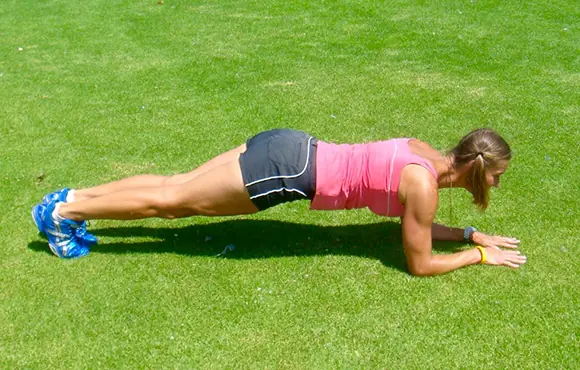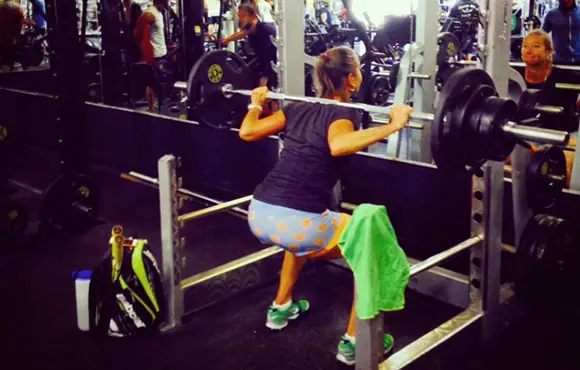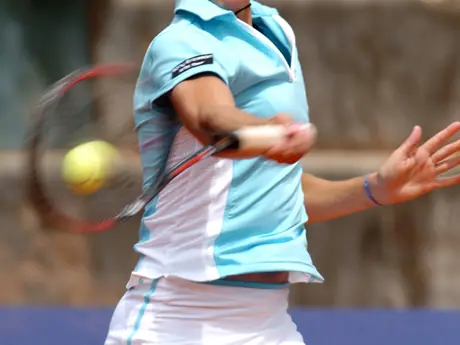For runners, bicyclist, tennis players and other athletes who move forward or sideways repetitively, if they don't stretch the tight adductors, they will develop weak abductors (including gluteus medius). If they don't strengthen them, this imbalance will cause the piriformis to shorten and contract.
Overpronating can also cause piriformis syndrome. In this case, the foot collapses inward, which causes the knee to turn inward, causing the piriformis to activate to prevent over-rotating of the knee. This overuse makes the piriformis muscle become tight and contracted and causes piriformis syndrome.
Quick directional changes in tennis impose a high risk on your piriformis' well-being, especially if you are not well conditioned. Therefore, it is important to work on strengthening your glutes and hips, accompanied by regular stretching.
More: Essential Equipment for Beginner Tennis Players
Prolonged inactivity or sitting puts the piriformis muscles in trouble. If you sit at work or school most of your day and then start sprinting around the tennis court, you may be creating future problems. An overused, shortened and sometimes even inflamed piriformis muscle contains painful trigger points.
Warm up before the activity; make sure your form is always correct; stretch to increase the range of motion; strengthen the glutes and piriformis so it can tolerate trauma easier; perform myofascial release. The good news is that you can get rid of your piriformis syndrome in a few days if you address it with commitment.
- Sit down on the floor, bend your legs and place your left foot on the top of your right knee.
- Place a firm ball such as lacrosse ball, or the edge of a firm roller, under your left glute and tilt a little bit to the left, toward the outside.
- Roll around slowly until you find a surprisingly tender trigger point. Stay on it and wiggle around a little bit while breathing deeply, until the pain goes away.
- Keep rolling the entire area to find and eliminate all the trigger points.
A regular myofascial release will be less painful over time and your "sciatica" problems will be gone almost immediately. Keeping your piriformis healthy and free of trigger points, you will be able to train with more intensity and more often without pain, and as a result, your tennis game will steadily improve.
 Find more tennis tips
Find more tennis tips
- 2
- of
- 2
About the Author









Discuss This Article